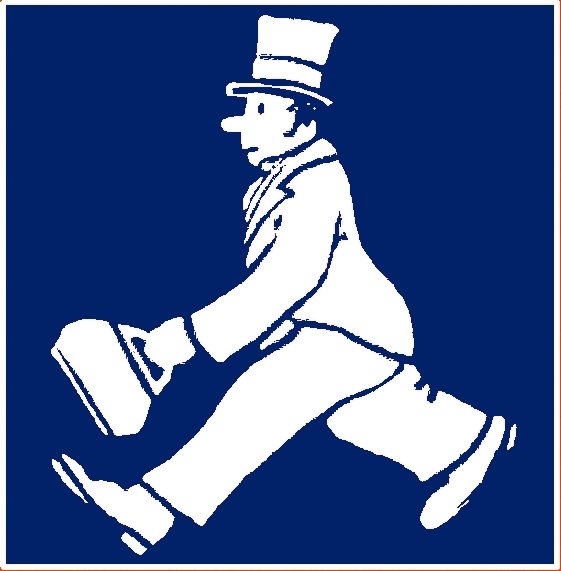Hugh Lofting’s Doctor Dolittle books have been in the lives of children (and adults) for 100 years. These books influence the way of thinking and character of children. You could say that the nature of the Doctor Dolittle books influence the character of the children, their parents, and the children who became the children’s parents, and so on and so forth.
What is the general feel of the Doctor Dolittle books?
Books about Doctor Dolittle are books intended for the youngest children, from about 4 years of age, i.e. from the time they begin to understand concepts such as: dog, duck, horse, monkey, crocodile, house, ship, sea, king, prison, bridge, island and so on.
Children understand the content of books, even if not fully, they understand the general flow of events. It can be difficult for younger children to understand a sense of humor (why it’s funny to have a crocodile, break into a pet shop, or not worry about money). Of course, the role of the reading parent is to introduce the child to this fictional world, while explaining the issues of real life.
The content of the books is suitable for children, unlike modern stories, films or cartoons. These books do not contain negative, questionable or ideological content.
What are the features of the Doctor Dolittle books?
Briefly, in bullet points, we can list the basic features of the Doctor Dolittle books, which include, in order from the most obvious:
- goodness,
- humor,
- optimism, hopefulness,
- striving to solve problems easily and never give up,
- justice (though not necessarily acting in accordance with the law – when breaking the law can lead to good goals – freeing imprisoned animals from a poorly run pet shop),
- respect for animals (maybe to an exaggeration – the doctor wanted to make houses for houseflies, but that’s a matter of sense of humor),
- treating all people equally (regardless of origin, age, wealth, profession), but with the exception of false and evil people,
- praise of the journey,
- praise for learning, acquiring knowledge, exploring the world,
- praise for cunning and ingenuity,
- non-materialistic thinking,
- pacifism, anti-war thinking, good is more important than orders (we write more about it here LINK uuYUZuu due to the importance of the problem).
In the Doctor Dolittle books you definitely won’t find:
- scary events that could cause fear in youngest children,
- praise of materialism,
- jealousy, demanding thinking,
- argumentativeness and conflict,
- ideology (other than pacifist and anti-systemic),
- racism (which we describe in more detail due to comments that appear in the fight against any indication of origin: LINK yyYUZyy),
- upbringing based on punishment or training, revengefulness,
- instilling obedience to anyone.
Summary
Of course, this description of the features of the Doctor Dolittle books will not tell much to someone who has not read them, but it may help in choosing reading material for children. In other sections, we discuss, for example, people who were influenced by the Doctor Dolittle books to show what this influence can be.
